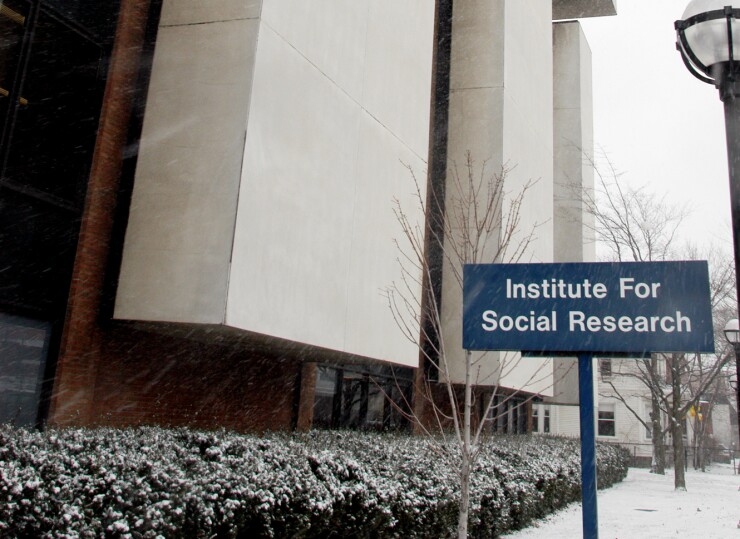Consumer sentiment fell in March, with the final reading 89.1, its lowest since October 2016, down from 95.9 in the preliminary read.
“Consumer sentiment deteriorated markedly in the second half of the month as the spread of COVID-19 within the U.S. accelerated and as measures taken to contain its spread began to affect many households’ economic well-being,” said Berenberg Capital Markets U.S. Economist Roiana Reid. “The 11.9 point decline in the index from February’s 101.0 is the fourth largest monthly decline on record.”
The current conditions index dropped to 103.7 from 112.5 mid-month, while the expectations index fell to 79.7 from 85.3 mid-month.
If the current pace holds, according to the survey, “it would imply an additional decline of nearly 18.2 index points in April, amounting to a record-setting two-month decline of 30.1 points,” Reid noted.

“Elevated uncertainties about the future, and loss of jobs and incomes, will reduce spending on non-essential goods and services,” she said. “Indeed, 68% of the survey’s respondents believe it is a good time to buy a major household item, compared to 75% in February, the lowest since late 2014.”
But even after the social distancing lifts, she said “it will take some time for households’ social behavior and buying attitudes to return to normal after the economy re-opens.” The “large number of job losses is unlikely to be reversed immediately after the acute stage of this crisis ends and households will experience considerable financial difficulties for an extended period,” she added. “As a result, we expect the bounce-back in consumption growth in the second half of this year to be of a smaller magnitude than its decline in H1.”
Separately, personal income gained 0.6% in February, while spending rose 0.2%, the Commerce Department said Friday.
Consumers are responsible for more than two-thirds of gross domestic product, and with the closings and furloughs resulting from attempts to prevent the spread of the coronavirus, the next set of numbers are likely to show a big drop for March, big enough for a reduction in spending for the first quarter.
“The personal income and outlays report for February largely reflects a pre-COVID-19 world,” said Diane Swonk, chief economist at Grant Thornton. “It does reveal a certain skittishness among baby boomers and their willingness to spend, which could be one of many factors that dampen the speed with which we ramp back up again. Boomers, who are close to retirement and at higher risk for the worst consequences of the disease, will not be quick to return to spend at public venues, including restaurants and stores, until they feel safe.”
Core personal consumption expenditures, the Federal Reserve’s preferred inflation measure rose 0.2% in February and was up 1.8% from a year ago. “In the pre-COVID-19 world, those gains would have been encouraging to the Fed, which was looking for the economy to show a little heat in 2020,” she added. “Now they are just a sad reminder of the world we left behind. Concerns about a COVID-19-induced deflation have supplanted hopes the economy would finally see enough of a surge in wages to push inflation a little higher in 2020.”





